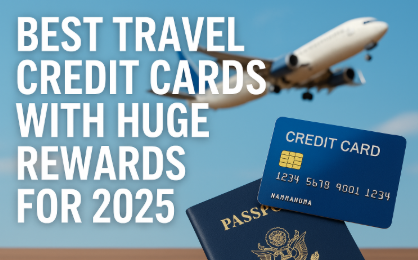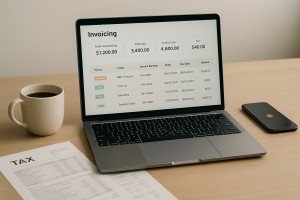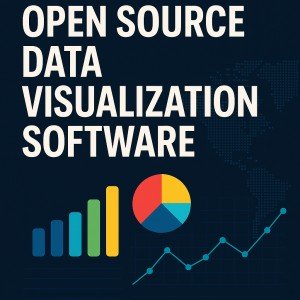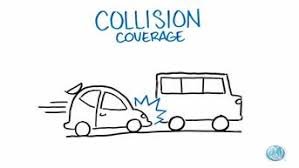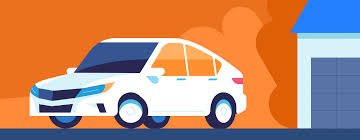Step-by-Step Guide to Build SaaS Without Coding
In today’s digital world, launching a SaaS (Software as a Service) product no longer requires a computer science degree or a team of developers. Thanks to no-code tools, entrepreneurs can now build scalable, functional, and profitable SaaS products entirely without writing a single line of code. This guide will walk you through the entire process, from idea to execution, using step-by-step strategies that anyone can follow.
Understand What SaaS Is
Before building a SaaS product, it’s essential to grasp what it actually is. A SaaS product is a web-based software that customers subscribe to and access via the internet. Examples include platforms like Dropbox, Trello, Notion, or Mailchimp. Users pay monthly or annually, and you, as the creator, manage everything from updates to data hosting.
No-code SaaS is simply a SaaS application built using visual development platforms like Bubble, Glide, or Softr. These platforms provide drag-and-drop functionality, templates, logic, database integration, and user management without requiring programming skills.
Step 1: Identify a Problem to Solve
Every successful SaaS business starts by solving a real-world problem. Look for pain points that you or others face in your industry or niche. Ask yourself:
-
What task takes too long?
-
What software feels overly complex?
-
What can be automated or simplified?
Validate your idea by talking to potential users. You can conduct surveys, join Facebook groups, or browse Reddit forums. The key is to ensure there’s actual demand before building anything.
Example: Let's say freelancers struggle to track invoices and payments. A simple SaaS tool that automates invoice creation and payment reminders could solve that problem.
Step 2: Define Your SaaS Features
Once you've identified the core problem, define the minimum features (MVP – Minimum Viable Product) that solve it. Don’t try to build everything at once.
For example, if you're building an invoice tracker for freelancers, your MVP features might include:
Focus on simplicity. It’s better to build a small tool that works well than a large one with bugs and confusion.
Step 3: Choose the Right No-Code Platform
Your next step is to pick a no-code platform that fits your product’s requirements. Here are some popular options:
-
Bubble – Best for full-featured web apps. Offers powerful workflows, database management, and logic-building tools.
-
Glide – Great for mobile-first apps, based on Google Sheets.
-
Softr – Perfect for simple SaaS MVPs, integrates with Airtable and Google Sheets.
-
Adalo – Focused on mobile apps with built-in databases.
-
Thunkable – Ideal for native mobile apps without complex backend.
For most SaaS tools with user authentication, dashboards, and workflows, Bubble is the most flexible and powerful choice.
Step 4: Design Your App (UI/UX)
Design is crucial for user experience. No-code tools often come with templates, but you should still focus on making the interface:
Tools like Figma or Canva can help you mock up screens before building them. Once you finalize the design, replicate it on your chosen no-code builder.
Tip: Less is more. Keep your design clean and your user flow logical.
Step 5: Build the Backend Logic
In traditional coding, this would involve writing JavaScript, Python, or Ruby. In no-code platforms like Bubble, backend logic is built using workflows.
A workflow is a series of actions triggered by a user event. For example:
Set up your database structure first (e.g., Users, Clients, Invoices). Then, map out each action your app should perform and implement them visually.
Step 6: Set Up Authentication & Security
User login, data protection, and role-based access are essential for any SaaS app. No-code platforms offer built-in features for this:
-
User sign-up/login workflows
-
Password reset functionality
-
Privacy rules for database access
-
Admin vs. user roles
Make sure that each user only sees their own data. This is vital for trust and security.
Step 7: Test Thoroughly
Before launching, test your product thoroughly. Try to break it, find bugs, and fix them.
You should test:
-
On different devices (mobile, tablet, desktop)
-
With various user accounts
-
All workflows and database actions
-
UI responsiveness and loading speed
Invite beta users to try your product and collect feedback. Tools like Google Forms or Typeform are helpful for feedback collection.
Step 8: Set Up Payments
If you plan to monetize your SaaS, integrating payments is essential. Most no-code tools integrate with:
-
Stripe – For global payments and subscriptions
-
PayPal – Trusted by many but limited for SaaS flexibility
-
Paddle – Great for handling tax and compliance automatically
With Stripe + Bubble, you can set up subscriptions, one-time purchases, trials, coupon codes, and manage user access accordingly.
Step 9: Launch Your SaaS
Now that your product is ready and tested, it’s time to launch. Here's how to do it right:
-
Buy a domain and connect it to your app
-
Prepare a landing page with clear messaging
-
Use launch platforms like Product Hunt, Indie Hackers, Reddit, and BetaList
-
Announce on social media, forums, and newsletters
Your goal is to get initial traction and real users. Track signups, engagement, and feedback from Day 1.
Step 10: Track & Improve
Once launched, your job has just begun. You must:
-
Monitor usage (using tools like Google Analytics or Mixpanel)
-
Fix bugs quickly
-
Optimize onboarding
-
Add new features based on feedback
-
Handle customer support (live chat, email, etc.)
Use tools like:
-
Chatwoot or Tawk.to for customer support
-
Hotjar to view user behavior
-
Mailchimp or MailerLite for email marketing
Focus on building trust and delivering continuous value.
Final Thoughts
Building a SaaS product without coding is no longer a dream. With the right tools and mindset, you can turn any idea into a profitable digital business. Whether you're a freelancer, entrepreneur, or small business owner, no-code platforms open the doors to innovation without the technical barrier.
Just remember:
SaaS is a long-term game. Stay consistent, provide value, and grow gradually.

